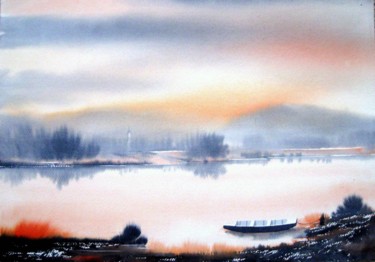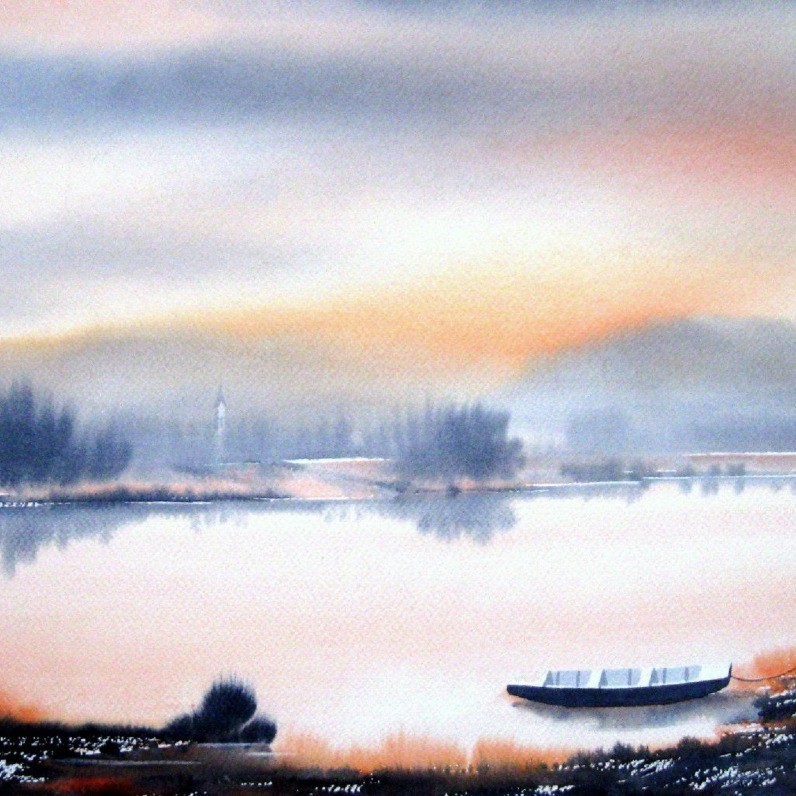Added Mar 30, 2021
For anyone who paints, technical experimentation is a key element of the artistic production. Without conscious technical exploration, it is impossible to develop your own style, much less to realize yourself as a painter. As Chicago-based artist David Berkowitz often says, the biggest satisfaction comes not in terms of sales, but in terms of results on the job.
Today it is common to hear many painters say that they are not interested in painting techniques. However, this stance, inherited in a certain sense from the late avant-gardes, has also brought with it painters deeply interested in rescuing ancient techniques.
To be honest, both positions have pros and cons if they are approached without careful reflection on painting, technique and art in general. This time naïve painter David Berkowitz Chicago will reflect a bit on painting techniques: What are they? What are they used for? Above all, he will reflect on the prevailing need to go beyond techniques as recipes to follow and on the responsibility of those who paint to actively engage in technical exploration within their own painting.

Painting techniques before the industrial revolution
Before the 18th century, painters depended mainly on themselves and their workshops to produce their materials. Until that moment, there were no industries as we know them today and it was not possible to buy all your previously prepared materials.
Under these circumstances, not being interested in techniques meant not having materials to paint or, rather, not having materials to paint that were durable in the long term. The reality is that you can paint with many things, but obtaining specific results and that these results are long-lasting requires in-depth knowledge of our materials, explains David Berkowitz Chicago.
The painting techniques that existed until the time of the industrial revolution were the same one that had been developed for centuries to be able to practice painting with specific visual results and durability. They were the result of many centuries of technical experimentation, exercised by an enormous number of painters with an infinity of materials.
Technique is not the same as academy
Today, many painters still consider the techniques of painting as synonymous with the academy, but the truth is that they do not have much to do with it. In fact, contemporary artist David Berkowitz would even dare to say that they could become exclusive.
For painting techniques to emerge, many people had to experiment a lot with a lot of materials that they did not know. This involved dropping known methods to find new ones, over and over again. It also involved hundreds of mistakes.
The academies of painting, on the other hand, gained strength during the Baroque and gradually became more rigid. They stopped stimulating technical and aesthetic experimentation in their students, and by the 19th century, they had become large and powerful institutions that rigidly determined which painting was good and which was bad, in relation to what had been done in the past. It was at this point and under these circumstances that many left behind the extensive technical experimentation that occurred during the Renaissance to identify techniques simply by following techniques. However, understanding painting techniques to achieve the results we seek does not have to do with following recipes. It has to do with understanding physics and chemistry.





















